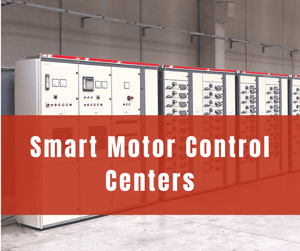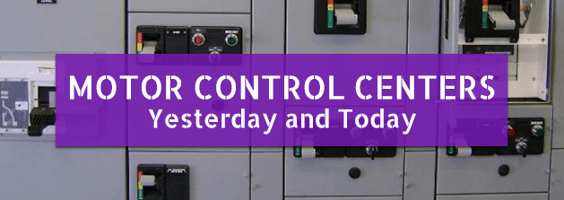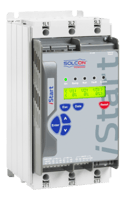What do stadiums and steel mills have in common, other than Pittsburgh pride? Both traditionally...
Smart Motor Control Centers

A motor control center (MCC) is an assembly to control some or all of the electric motors in a central location. With the emergence of the Industrial Internet of Things and the dawn of better, faster technology, smart motor control centers are beginning to come to the forefront as credible alternatives to standard MCCs. Below, we’ll walk through the basics of smart motor control centers. Also, we’ll discuss how a smart motor control center improves upon the functionality of a standard control center and how they can help your business for years to come.
The Basics
A smart motor control center has the same functionality as a standard motor control center with significant upgrades and added features for the modern factory. These upgrades include communication capabilities, pre-configured and engineered programming hardware and software, and easy system-wide integration. This new, smart technology allows for instant data allocation and monitoring, meaning users can receive alerts with immediately accessible data should anything go wrong within the system. This allows users to pinpoint exact errors and precisely why that error occurred. So instead of running an entire system diagnostic test, users can focus on fixing the problem and implementing preventative measures, saving a tremendous amount of time and energy.
Comparative Advantages
One of the primary advantages of a smart motor control center is its focus on safety. Operators can control the smart MCC from a distance through a remote touch-screen panel outside the arc flash boundary for increased safety. Furthermore, the added capacity to implement safety integrated components onto a smart MCC further increases the safety and stability of your system. In addition to the safety benefits of a smart MCC, a smart motor control center offers a multitude of other comparative advantages. These include:
- Flexibility: Readily-available expansion modules offer new functionality as your needs grow.
- Troubleshooting: User-friendly diagnostic tools allow for easy recognition and fault detection, making it easier to troubleshoot problems.
- Streamlined Operations: Fewer wire connections means less hassle with maintenance and a more streamlined and fluid operation.
Interested in learning more? Connect with an ACD expert!
You may also be interested in reading:





